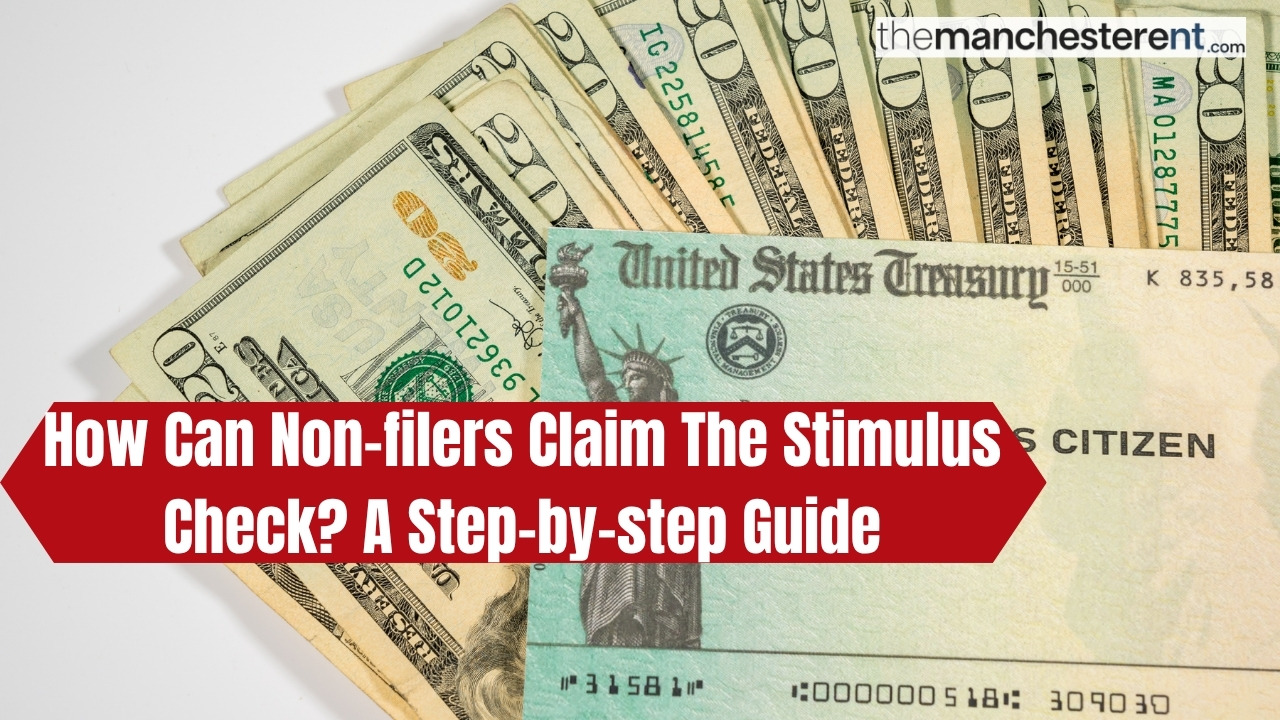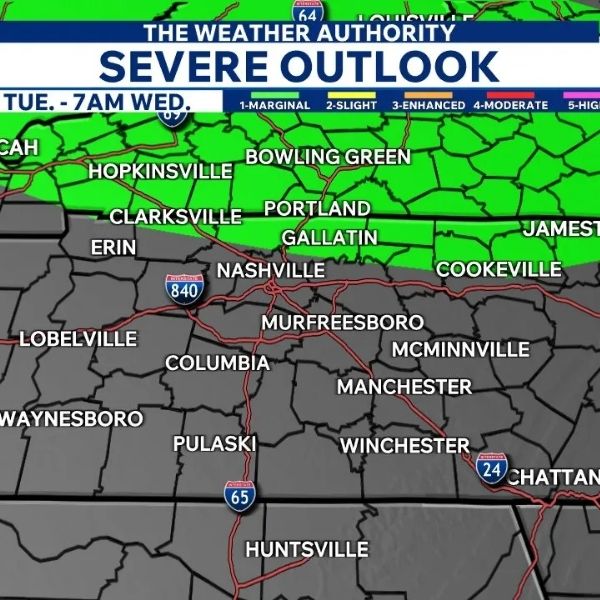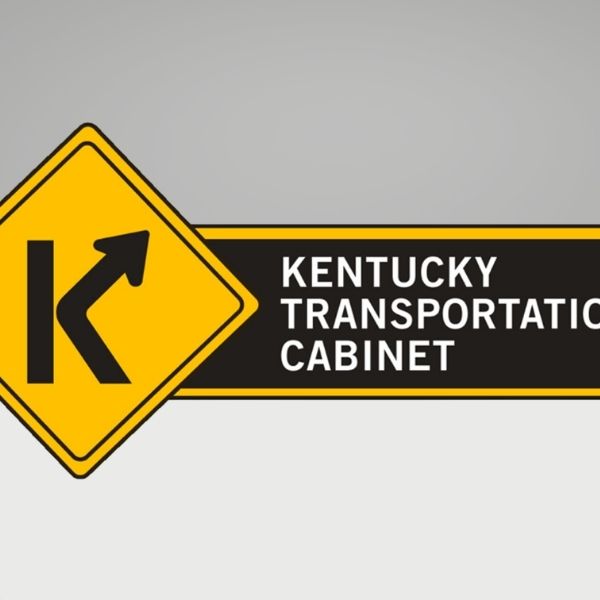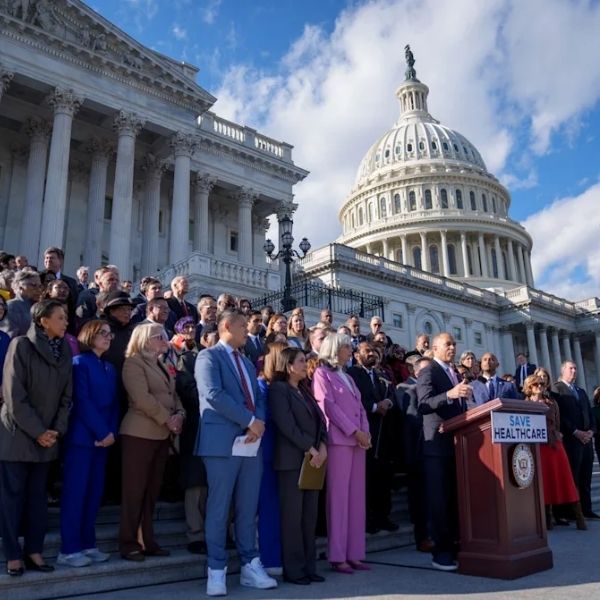The distribution of stimulus checks has been a significant part of government relief efforts in recent years, aimed at providing economic support during challenging times. However, not everyone who qualified automatically received their payment. A particular group, known as “non-filers,” often faced confusion about eligibility and the process for claiming their stimulus checks. This article dives deep into who non-filers are, why they sometimes miss out on automatic payments, and offers a step-by-step guide to claiming stimulus checks, including updated information relevant to recent relief initiatives.
Understanding Non-Filers and Stimulus Checks
The term “non-filer” generally refers to individuals who are not required to file federal income tax returns, often because their income falls below the minimum threshold set by the Internal Revenue Service (IRS). While most Americans receive stimulus payments based on tax returns or benefit receipts, millions with lower or no taxable income can slip through the cracks because the IRS has limited information about them.
Examples of non-filers typically include older adults living solely on Social Security, certain people with disabilities, low-income families, veterans receiving VA benefits, and others who may not earn enough to file federal taxes. These individuals are eligible for relief payments but need to take extra steps to ensure they receive them.
Why Non-Filers May Miss Out on Stimulus Payments
The IRS uses recently filed tax data to determine eligibility and send out stimulus checks. Individuals who haven’t filed taxes in recent years may be invisible to the system. In several rounds of economic impact payments, non-filers faced delays or non-receipt of those vital funds simply because the authorities did not have their latest information—such as current addresses or bank account details.
Another barrier comes from a lack of awareness. Many non-filers do not realize they qualify for stimulus payments due to misinformation or misunderstanding of eligibility criteria. For others, concerns about benefits, immigration status, or complex processes deter them from claiming their payment.
Government Solutions: The Non-Filers Tool and Alternatives
To address the needs of non-filers, the IRS introduced specialized online portals and partnerships to make the claiming process straightforward. During each major stimulus check rollout, a “Non-Filers: Enter Payment Info Here” tool was offered, allowing eligible people to register their details without filing a full tax return.
Although the dedicated Non-Filers tool is only open during selected periods, several alternative routes remain for non-filers to claim their unclaimed payments, such as using simplified tax returns, free tax preparation sites, and government assistance centers.
FULL STEP-BY-STEP GUIDE: Fill out the IRS Non-filer Form
Step-by-Step Guide: How Non-Filers Can Claim Their Stimulus Check
The process has evolved over different stimulus rounds, but the core steps are generally consistent. Here is a comprehensive breakdown for non-filers to successfully claim their stimulus payment.
Gather Essential Documents and Information
To begin, non-filers need to assemble basic information, including full legal name, Social Security Number (SSN) or Individual Taxpayer Identification Number (ITIN), current mailing address, email address (for online access), and bank account details for direct deposit. Dependents’ SSNs and details are also important if seeking additional payments for eligible children or family members.
Use IRS Free File or Simplified Tax Forms
Even if no income was earned, non-filers can use IRS Free File or simplified “zero income” tax forms to submit essential identification and payment details. This minimal filing does not trigger taxation or impact benefits. Instead, it provides the IRS with the necessary data to process stimulus payments. Online platforms such as Free File Fillable Forms, VITA, and Tax Counseling for the Elderly (TCE) may also assist with filing matters, completely free for most people.
Monitor IRS and Government Announcements
The IRS periodically reopens portals or issues new guidance on claiming missing stimulus checks, especially if Congress approves additional economic relief. Staying updated through the official IRS website or trusted nonprofit organizations ensures non-filers do not miss time-limited opportunities.
Submit a Recovery Rebate Credit on Next Tax Return
If a non-filer missed previous rounds of stimulus payments, the primary route for claiming them after deadlines is to file a federal income tax return for the year the stimulus was issued—even if there is no income to report. The “Recovery Rebate Credit” is claimed on this return, prompting the IRS to reconcile owed payments.
For example, if a person did not receive the third stimulus payment, submitting a 2021 or later tax return with the “Recovery Rebate Credit” form, even showing zero income, allows the IRS to issue the proper amount as a tax refund—even for those who do not traditionally file taxes.
Explore Local Tax Help and Assistance Programs
Local community organizations, tax clinics, and government offices often provide assistance to non-filers—especially those with disabilities or barriers to technology. VITA and TCE programs offer free, in-person help with stimulus check claims, helping non-filers correctly complete required forms and avoid mistakes that could delay payment.
FULL STEP-BY-STEP GUIDE: Fill out the IRS Non-filer Form
Common Barriers and How to Overcome Them
Many non-filers fear repercussions related to benefits, residency status, or owing money. Clarifying these concerns is essential:
-
Claiming a stimulus check does not count as taxable income, nor does it affect eligibility for most federal benefits such as Supplemental Security Income (SSI), Medicaid, or SNAP.
-
The IRS does not require payment or garnishments on outstanding federal debts (except for child support arrears in prior stimulus rounds).
-
No penalty or late fee applies for filing a “zero income” tax form to claim the check, even if typically not required to file.
-
For immigrants and mixed-status families, eligibility may have changed between different stimulus rounds, so it’s critical to review current guidance before claiming.
FULL STEP-BY-STEP GUIDE: Fill out the IRS Non-filer Form
Special Focus: Frequently Asked Questions
What if the Non-Filer Has Children?
Non-filers with dependents under age 17 are entitled to additional payments; including dependent details during the claim process ensures the correct amount.
What If Address or Bank Details Have Changed?
Always provide the most current address and direct deposit information during the filing process to speed up payment and reduce the risk of lost or returned checks.
Can Homeless or Unbanked Non-Filers Claim a Payment?
Yes. Those without permanent mailing addresses can use trusted shelters, outreach groups, or P.O. boxes for IRS communications. Prepaid debit cards or state-run programs may assist with direct deposit solutions.
The Lasting Importance of Claiming Stimulus Payments
Hundreds of millions of dollars in unclaimed stimulus payments remain with the federal government. Each unclaimed payment represents missed opportunities for food, housing, medical care, and economic stability. For the country’s most vulnerable populations, accessing this relief can be life-changing.
Outreach campaigns, nonprofits, and dedicated government efforts continue to bridge the gap. But the most important step comes from individuals ensuring they take action—by submitting their information, seeking assistance when needed, and monitoring for new eligibility opportunities.
Recent Updates: Is There Still Time to Claim?
While original deadlines to use IRS Non-Filer portals pass after distribution periods, the ability to file a simplified tax return for missing stimulus checks usually remains open for several years after the payment year. For example, if a payment was due in 2021, the deadline to file a tax return and claim that payment as a “Recovery Rebate Credit” often extends through at least the following three years.
Keeping up with IRS announcements is vital, as new forms or deadlines may be established with any future relief programs. Individuals who believe they are owed a payment but are unsure of their eligibility are encouraged to complete an IRS tax return or seek local assistance.
Conclusion: Making Sure Every Eligible Person Receives Their Stimulus Check
The American system has mechanisms in place for non-filers to access the economic relief they deserve. By understanding their eligibility, gathering basic personal information, using IRS Free File or filing a simplified tax form, and seeking help from community organizations if needed, non-filers can overcome barriers and claim their stimulus checks.
No one should have to miss out on vital support simply because of a lack of information, fear, or paperwork confusion. As fiscal recovery continues and new policies emerge, taking these proactive steps ensures financial assistance reaches every eligible hand. Whether acting for oneself or helping others, spreading awareness can make a tangible difference in economic security and community wellbeing.
Disclaimer: This article is intended for informational purposes only and does not constitute legal, tax, or financial advice. Tax laws and government relief programs may change, and individual circumstances vary. Readers should consult the IRS website or a qualified tax professional for the most up-to-date guidance on eligibility and filing requirements related to stimulus payments.











Leave a Comment